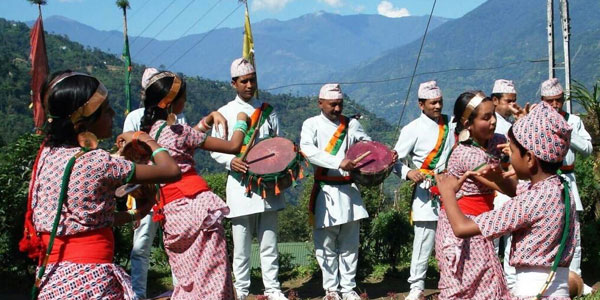Sikkim Culture, Languages, Festivals, Dance, Art Crafts, Food, Sikkim Lifestyle
Sikkim is a unique blend of varied traditions, religions, customs of different communities. Know more about the Sikkim culture
Contents
Sikkim Culture
Sikkim is a beautiful land of manifold tribes and races of people living together. All these diverse tribes and communities have their unique features in addition to their particular dance forms, festivals, languages, culture, and craft forms. The miscellany of ethnic groups, religion, and languages is seen all over Sikkim.
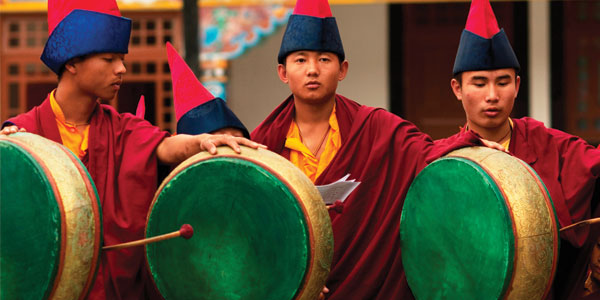
Sikkim Languages
Nepali is the primary language of Sikkim while Lepcha and Sikkimese (Bhutia) are also spoken in some part of this north-east province. English is also spoken by the people of Sikkim. Other languages include Kafle, Limbu, Majhwar, Yakha, Tamang, Tibetan, and Sherpa.
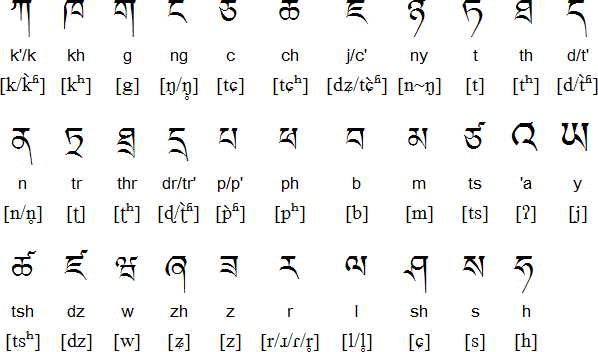
Food of Sikkim:
The food of the people of Sikkim indicates the culture of this state which is a mélange of India, Nepal, Bhutan, and Tibet. Sikkim food mainly comprises noodles, Gundruk and Sinki soups, thukpas, tomato achar pickle, traditional cottage cheese, fermented soybean, Bamboo shoot, fermented rice product and some other fermented dishes owing to its very cold climate. Rice is, however, the staple food of the state. Momos, also known as dumplings and wantons are favorites among the Sikkimese people as well as the tourists. When it comes to non-vegetarian food, they prefer fish, beef, and pork. People coming to explore Sikkim would never miss the great opportunity to taste the very famous and delicious momos here which have different fillings from beef to chicken to pork. Steamed and boiled food items are mainly found here with not so much utilization of masalas but other local spices and herbs. And the people of Sikkim mostly prefer some drinks along with the food such as local beer, whiskey, and rum.
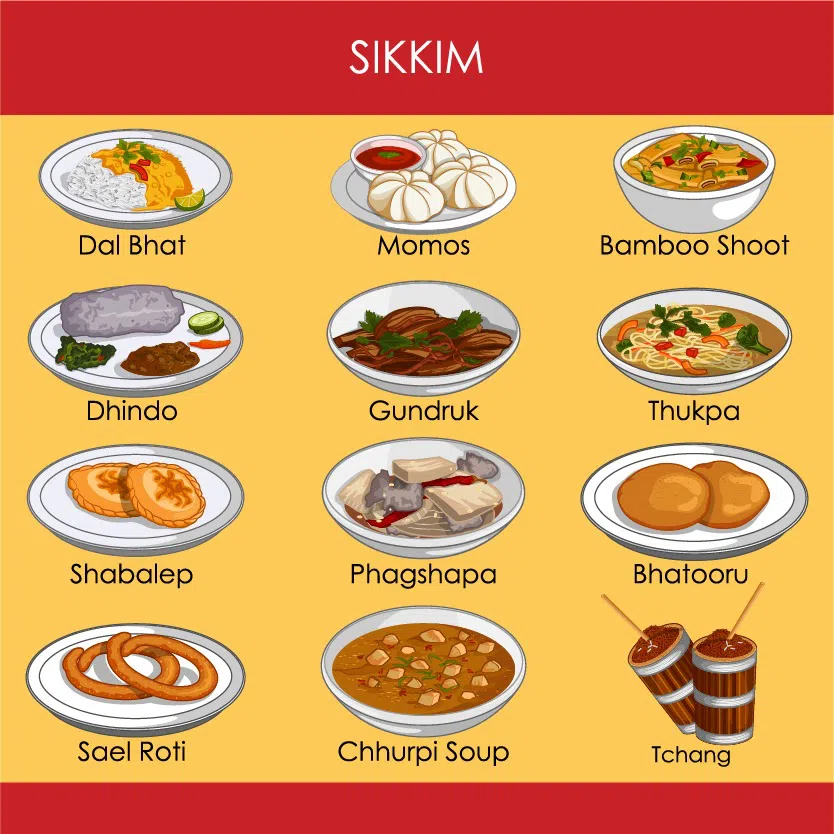
The people of the state grow crops like wheat, barley, buckwheat, finger millet, potato, and soybeans etc. Through the fermentation process, the people are capable of preserving a lot of non-seasonal vegetables and this is quite a traditional thing.
Sikkim Festivals:
Sikkim is a state in northeast Asia where numerous festivals are celebrated throughout the year. Majority of the people of Sikkim follow Buddhism so the festival celebrated here are associated with the Buddhist and they are celebrated with a lot of pomp and as per the Buddhist calendar.
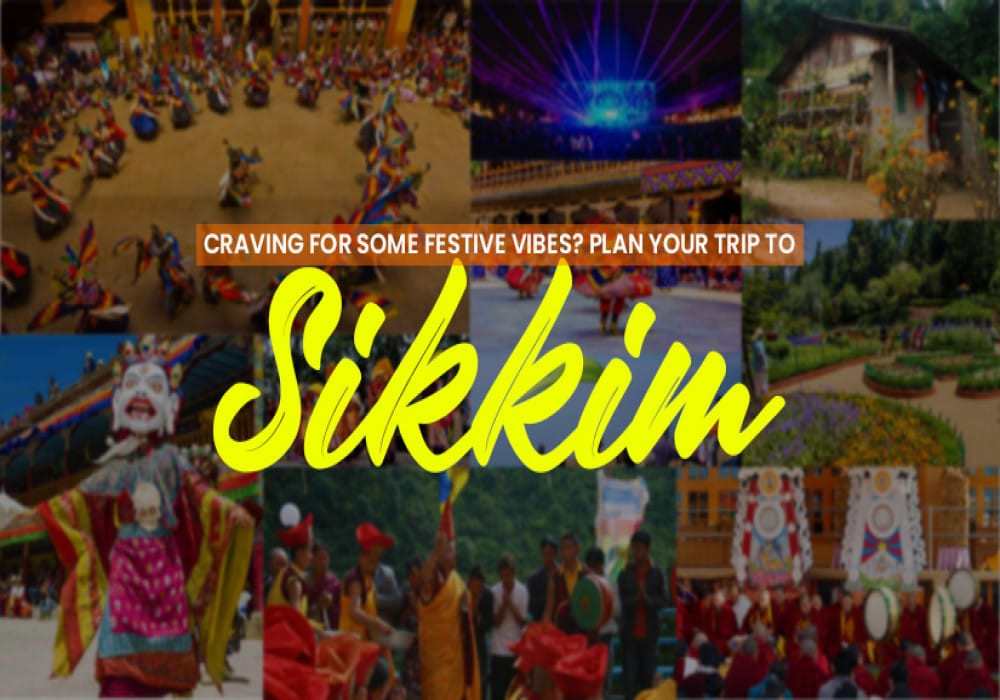
In Gompas or Monasteries of Sikkim, most of the festivals are celebrated where people gather together in order to celebrate the occasion. During these festivals, the citizen of Sikkim involves in vibrant and lively dances and music.
The most fascinating form of ritual dance that is performed by the Lamas is “Chaam” which involves colorful masks and amazing musical instruments. Lamas dressed with blithely painted masks, ceremonials swords, sparkling jewels, and dance on the rhythm of the music, drums, and horns. Some of the most popular festivals, notable in Sikkim are as follows:
- Saga Dawa:
A triple favored celebration, Saga Dawa is reckoned as one of the godliest festivals in Sikkim especially for the Mahayana Buddhists. On this particular day, the Buddhists visit the monasteries, offer the prayers and butter lamps as they were the three remarkable events associated with the existence of Buddha which is celebrated at this event. This particular is held on the full moon of the 4th month of the Buddhist calendar either at the end of May or at the beginning of June. This festival takes place in Gangtok.
- Lhabab Dunchen Festival:
This festival represents the descent of Lord Buddha from the heaven. Lha means “Heaven” and bab means “Descent”. Thus, this festival celebrates Lord Buddha’s descent from deva kingdom after teaching his departed mother, Mahamaya. This festival takes place on the 22nd day of the 9th lunar month every year.
- Losar Festival:
Losar is Tibetan New Year festival and is marked with a lot of festivities, gaiety, merrymaking, and feasting. This festival usually celebrated in the first week of February.
4.Drupka Teshi Festival:
Another amazing festival celebrated by the Buddhist is the Drupka Teshi Festival. Falls on the fourth day of sixth Tibetan month, around the month of August, this festival is celebrated with full excitement as on this day the Buddha lectured his first sermon of four Noble Truths to his five disciples in Sarnath at the very famous deer park.
- Phang Lhabsol:
Phang Lhabsol is one of the most unique festivals of Sikkim, wad made renowned by ChakdorNamgyal, the 3rd ruler of Sikkim. This festival involves worshipping Mount Kanchendzonga and devoting for its uniting powers.
- Bumchu Festival:
The festival of Bumchu is celebrated with full grandeur and zeal at the Tashiding Monastery in the West Sikkim in the month of January. Bum represents “pot or vase” and chu means “water”. During the celebration, the pot that is filled with the Holy water is opened by the Lamas present in the monastery.
A part of the heavenly water is then distributed to all the devotees who are gathered in this festival. And then, the pot is refilled again with water and sealed for the next year’s celebration since the level of the water in the pot depicts the prosperity of the future year.
- Losoong Festival:
Another great festival of Sikkim, Losoong Festival is celebrated on the occasion of the end of the harvest season and at the end of the tenth month of Tibetan year in the rural Sikkim. During this festival, the Chaam dances by the people of Sikkim are performed. All these festivals take place at the Tsu-La-Khang monastery, Phodong monastery, and Rumtek monastery.
- Dasain Festival:
It is the main festival of Hindu Nepalese in Sikkim which takes place a few weeks before the Losoong Festival. The celebration of this festival signifies the victory of good over evil. The elder people of the family apply “Tika” to younger people and give them their blessings.
- Tihaar Festival:
The Tihaar Festival is another exciting festival of Sikkim that is celebrated as the festival of lights which is somewhat like Diwali. - Hee Bermiok Tourism Festival:
Hee Bermiok is an annual festival which is celebrated in Hee Bermiok city. This city is located nearby Gangtok. This festival started in 2005 and the uncountable number of people comes to this beautiful city to join this amazing carnival. The festival takes place in the month of May every year.
Art & Crafts Of Sikkim:
There are a plenty of art and craft forms in Sikkim. The bulk of the people of the state belong to rural areas and they have their old tradition of making several utility objects. One of the most popular handicraft objects of Sikkim includes a choksee table, woolen carpet, canvas wall hanging, thankas delineating painting on various aspects of the state.
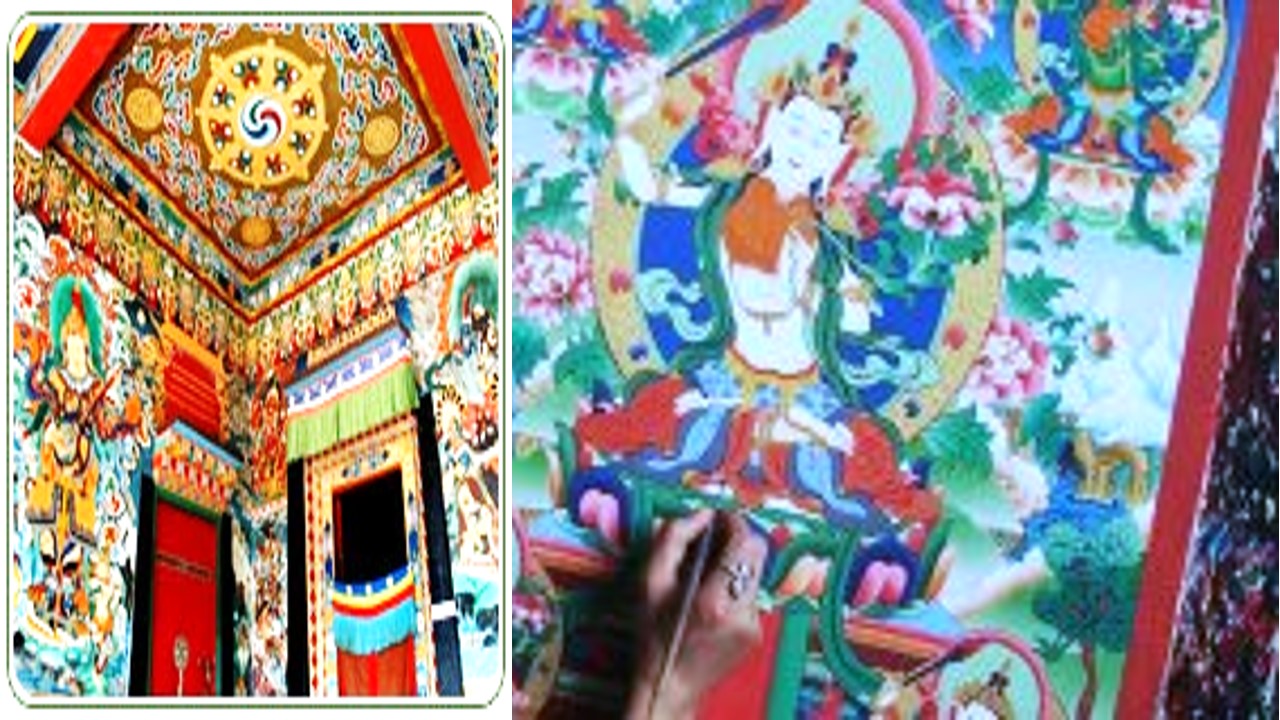
Also, the government has set up an institute of Cottage Industries in South District for the better development of the cottage industries in Sikkim. The state has various handicrafts in the form of cane and bamboo products. Melli, Gangtok, and Namchi are the very popular places of Sikkim for handloom products and cottage industries.
The people of Sikkim are pro when it comes to craft making as they have very special skills in the same. The womenfolk of the state are amazing weavers and they attract the tourists by their excellent craft work. The handmade carpets and papers of the state are in huge demand in and outside of Sikkim.
Music & Dances of Sikkim:
Folk songs and dances are an inveterate part of the Sikkimese culture. Most of the tribal dances depict the harvest season and they are performed for prosperity.
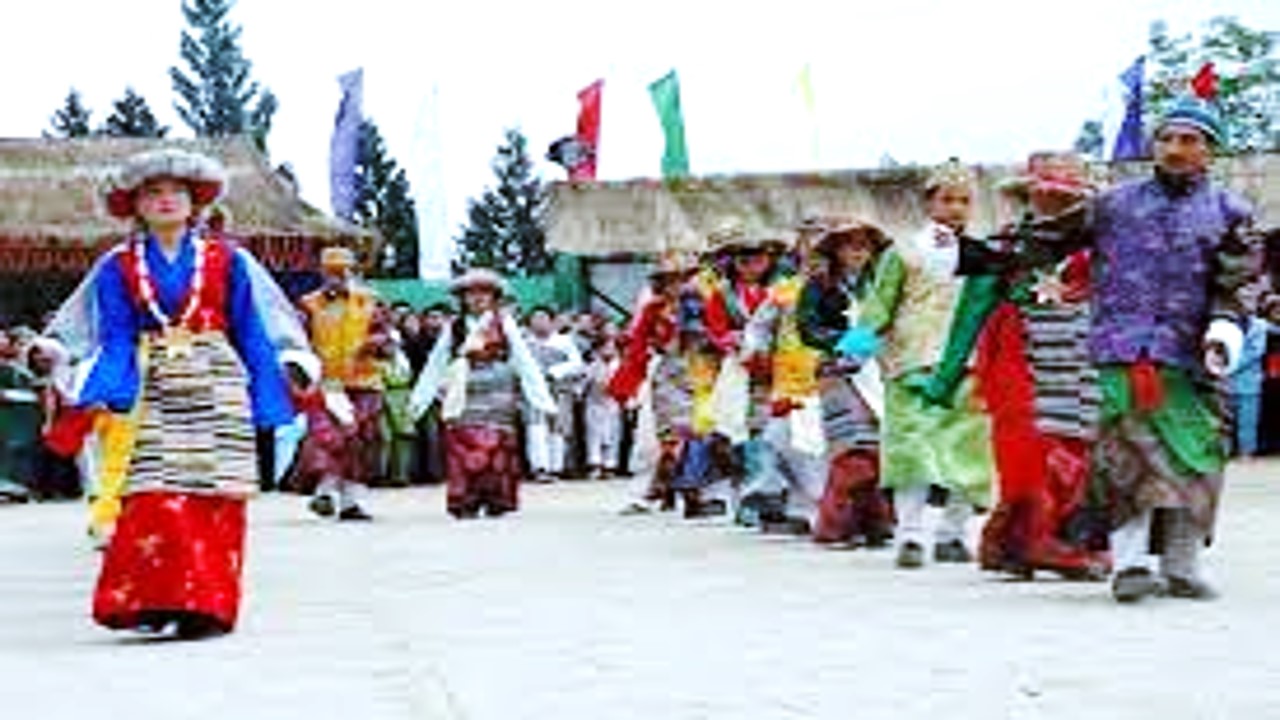
The dances of Sikkim are accompanied by traditional musical instruments, chanting, and the dancers carry bright costumes and traditional masks. Some of the most famous dance forms are Rechungma, Gha To Kito, Chi Rmu, Be Yu Mista, Tashi Zaldha, Enchey Chaam, Lu Khangthamo, Gnungmala Gnunghey, and Kagyed Dance.

